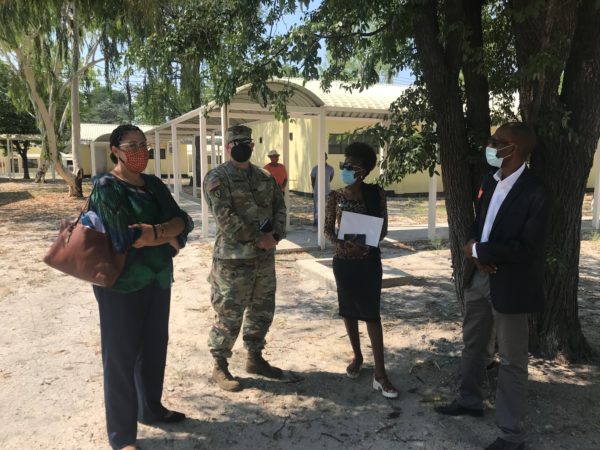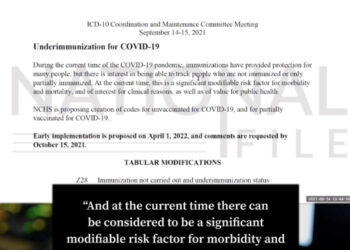Last Updated on November 26, 2021
The Biden administration funded “COVID-19 isolation clinics” in Botswana through the Department of Defense, with the sites surveyed in March of this year. The facilities were built and photographed by April 28.
According to a press release published by the U.S. Embassy to Botswana, the United States spent $1,521,956 worth of local currency to build “14 modular structures” that can fit over 100 patients. On the US Africa Command’s Flickr account, the facilities are described as “COVID-19 isolation clinics” that were built “across Botswana.”
Photographs that appear to show one facility were uploaded to the Flickr account and the embassy’s press release:

Botswana was cast in the international spotlight after the emergence of the new Omicron variant of COVID-19, which saw four people in the landlocked African nation diagnosed with the virus.
The Botswana government reported that those who were diagnosed with the Omicron variant were previously “fully vaccinated” against COVID-19, leading some to label the emerging variant that has experts alarmed “The Vaccinated Variant.”
Since the government’s initial press release, it has been established that the four individuals who contracted the Omicron variant were not Botswanan nationals. According to the Botswana government, those diagnosed with the Omicron variant were diplomatic travelers, and those they encountered during their stay in Botswana have been subject to contact tracing. Thus far they have tested negative for COVID-19 and have no symptoms.

The exact use case of these facilities remains unknown, though it seems plausible the facilities may be similar to the COVID-19 quarantine facilities described by the CDC last year.
The CDC has had plans for placing individuals into COVID-19 quarantine camps on its website since at least July 26 of 2020. As National File reported:
The document explains that “The shielding approach aims to reduce the number of severe COVID-19 cases by limiting contact between individuals at higher risk of developing the disease,” and these “high-risk” people “would be temporarily relocated to safe or ‘green zones’” that can be established at the “household, neighborhood, camp/sector or community” level depending on the need. “They would have minimal contact with family members and other low-risk residents,” the document explains.
It continues, “shielding may serve its objective to protect high-risk populations from disease and death” but notes that “implementation of the approach necessitates strict adherence” to the CDC’s protocol. Each “green zone” would require its own “dedicated latrine/bathing facility” and would severely limit contact with the outside world, instead relying on “high-risk” individuals policing and helping each other. Mandatory six foot social distancing would also be strongly enforced.
“The approach does not address the potential emotional, social/cultural, psychological impact for separated individuals,” notes the document. Additionally, the CDC warns that “The number of green zones required may be greater than anticipated.” The CDC notes that such green zones would need to be able to operate for at least six months.
National File made a media inquiry to United States Africa Command to learn more about the facilities and did not receive an immediate response.



















